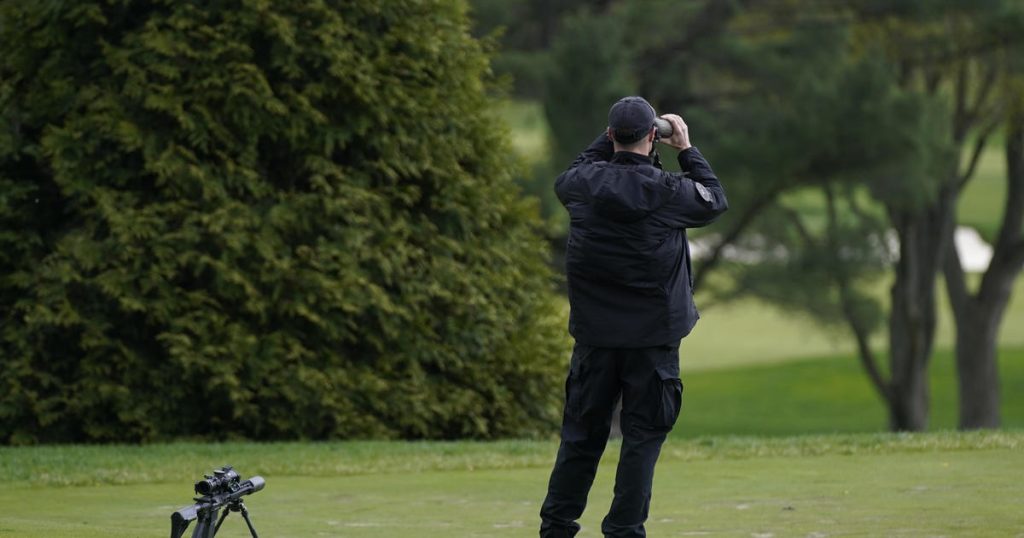President William Howard Taft was cautioned by Theodore Roosevelt to avoid playing golf while in office, as leisure-time activities could damage the public image of political leaders. However, presidential golfing is seen as a literal physical threat by the U.S. Secret Service, as seen during an incident at Trump International Golf Club where a gunman was apprehended along the tree line bordering the putting green. Trump’s protective detail was given little time to survey the course and accommodate the unplanned outing, known as an “off the record” movement. Despite the challenges, golf outings offer the commander-in-chief a rare respite from the demands of the Oval Office.
Golf outings by presidents have a long history, with sixteen presidents stepping onto a golf course while in office. President Dwight D. Eisenhower was known for his avid golfing, even installing a putting green on the White House grounds. Subsequent presidents like Clinton and Obama also enjoyed golfing while in office. Trump favored his namesake golf courses during his presidency, playing frequently at his club in West Palm Beach among others. However, concerns about security at these courses have arisen, with incidents like vandalism and threats to Trump’s safety.
The Secret Service faces challenges in protecting presidents during their golf outings, as the assignment is considered a nightmare due to the need for constant vigilance. The agency would prefer that protectees never leave the house, as was the case with an armed man breaching security at a golf course during Reagan’s presidency in 1983. Despite the risks, the Secret Service must adapt to ensure the safety of the president during unplanned movements like off the record golf outings, which offer little time for preparation.
Former agents reflect on the difficulties of protecting presidents on a golf course, with the need to maintain a perimeter of protection while also adapting to unexpected threats. Trump’s former assistant detail leader at the Secret Service highlights the challenges of protecting the former president at his golf courses, which are not under constant surveillance. While the agency has protocols in place for responding to threats, additional security measures may be necessary to ensure the safety of the protectee during golf outings.
The recent incident at Trump’s golf course in West Palm Beach, where a gunman was apprehended and is facing charges, has raised concerns about the security of presidential golf outings. Former Secret Service agents emphasize the need for counter surveillance and tactical elements to enhance security at golf courses. Despite the challenges and risks associated with protecting presidents on the golf course, Secret Service agents remain dedicated to their mission of ensuring the safety of the commander-in-chief. Some agents, like retired twelve-year-veteran Mike Matranga, have even chosen to forgo golfing altogether after witnessing the potential threats that can arise during protectee outings on the links.















